
How to Use SOS Leak Sensor: Examples, Pinouts, and Specs
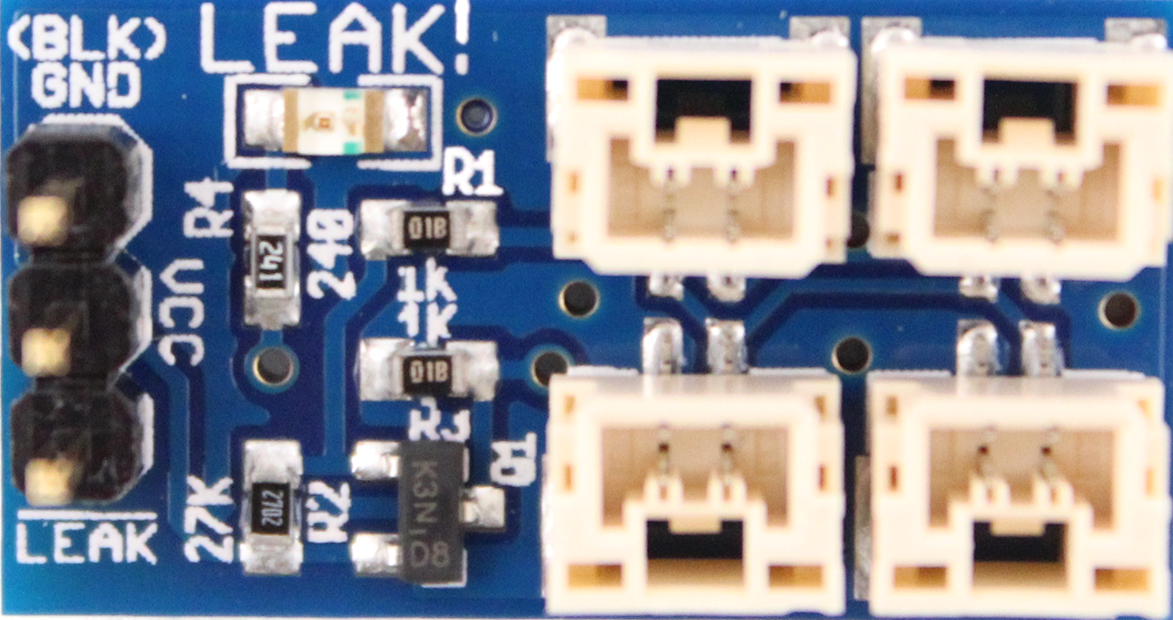
 Design with SOS Leak Sensor in Cirkit Designer
Design with SOS Leak Sensor in Cirkit DesignerIntroduction
The SOS Leak Sensor by Blue Robotics is a compact and reliable device designed to detect the presence of water leaks. It is an essential component for applications where water damage prevention is critical. The sensor can alert users to potential flooding or water ingress, enabling timely intervention to prevent damage to equipment, property, or sensitive environments.
Explore Projects Built with SOS Leak Sensor
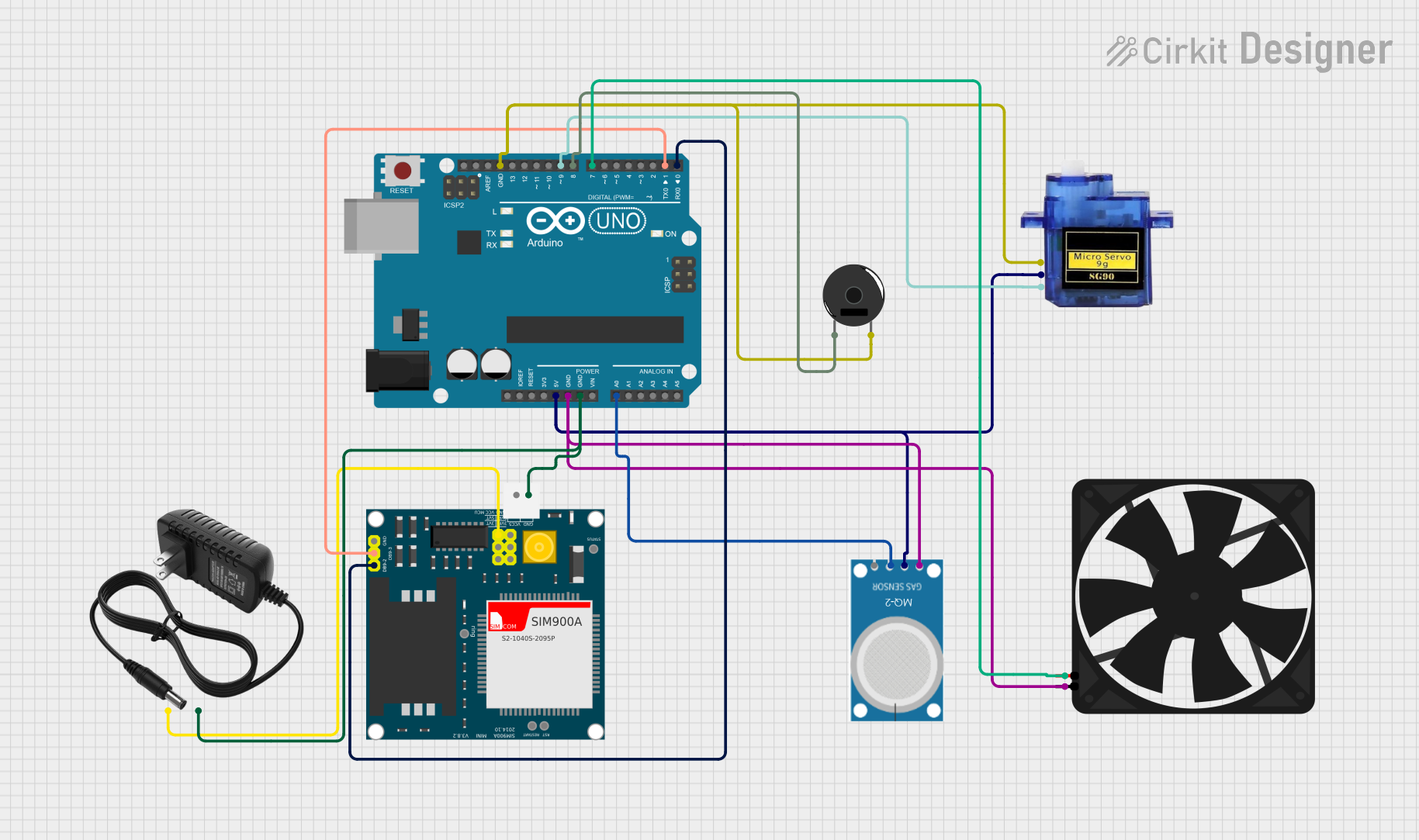
 Open Project in Cirkit Designer
Open Project in Cirkit Designer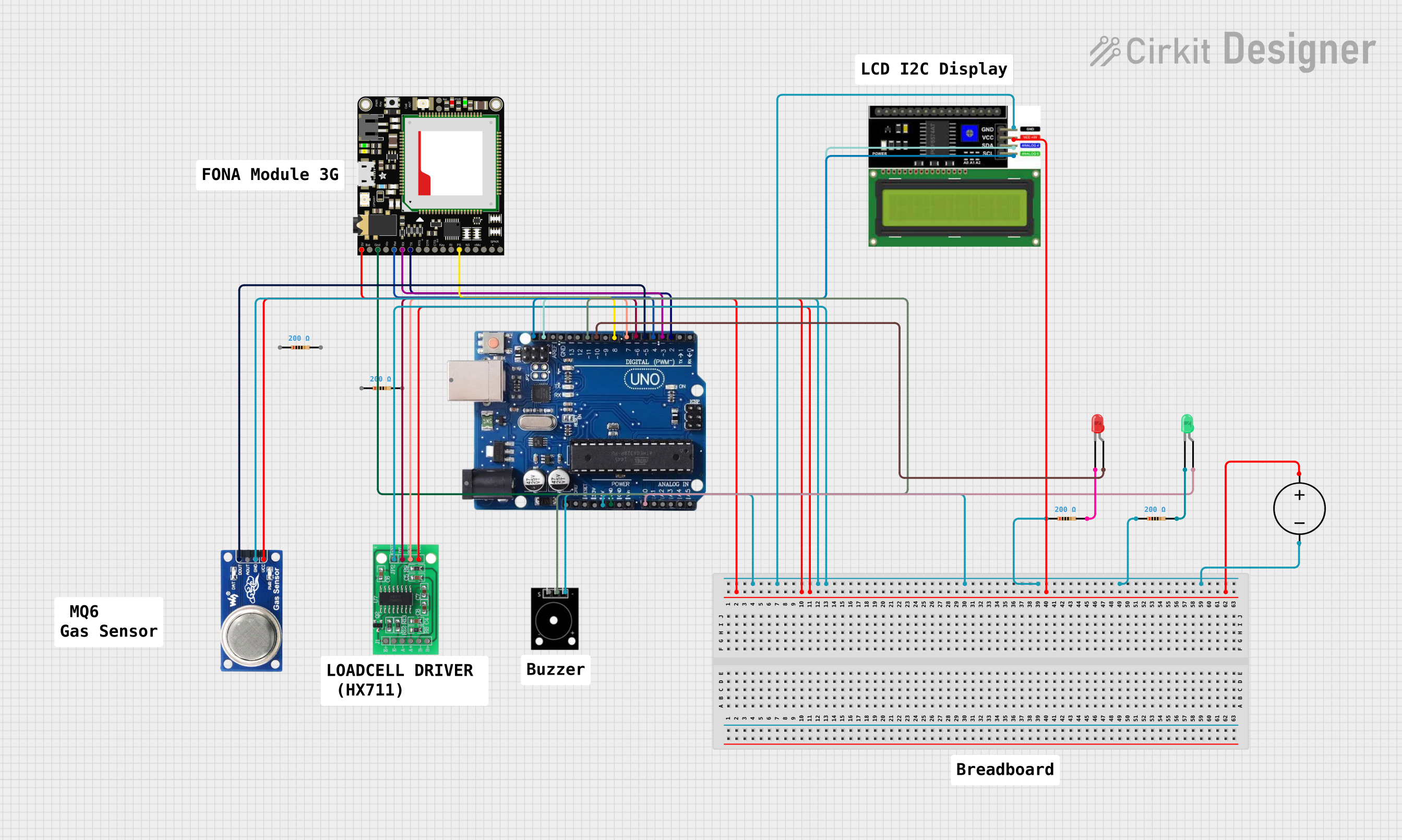
 Open Project in Cirkit Designer
Open Project in Cirkit Designer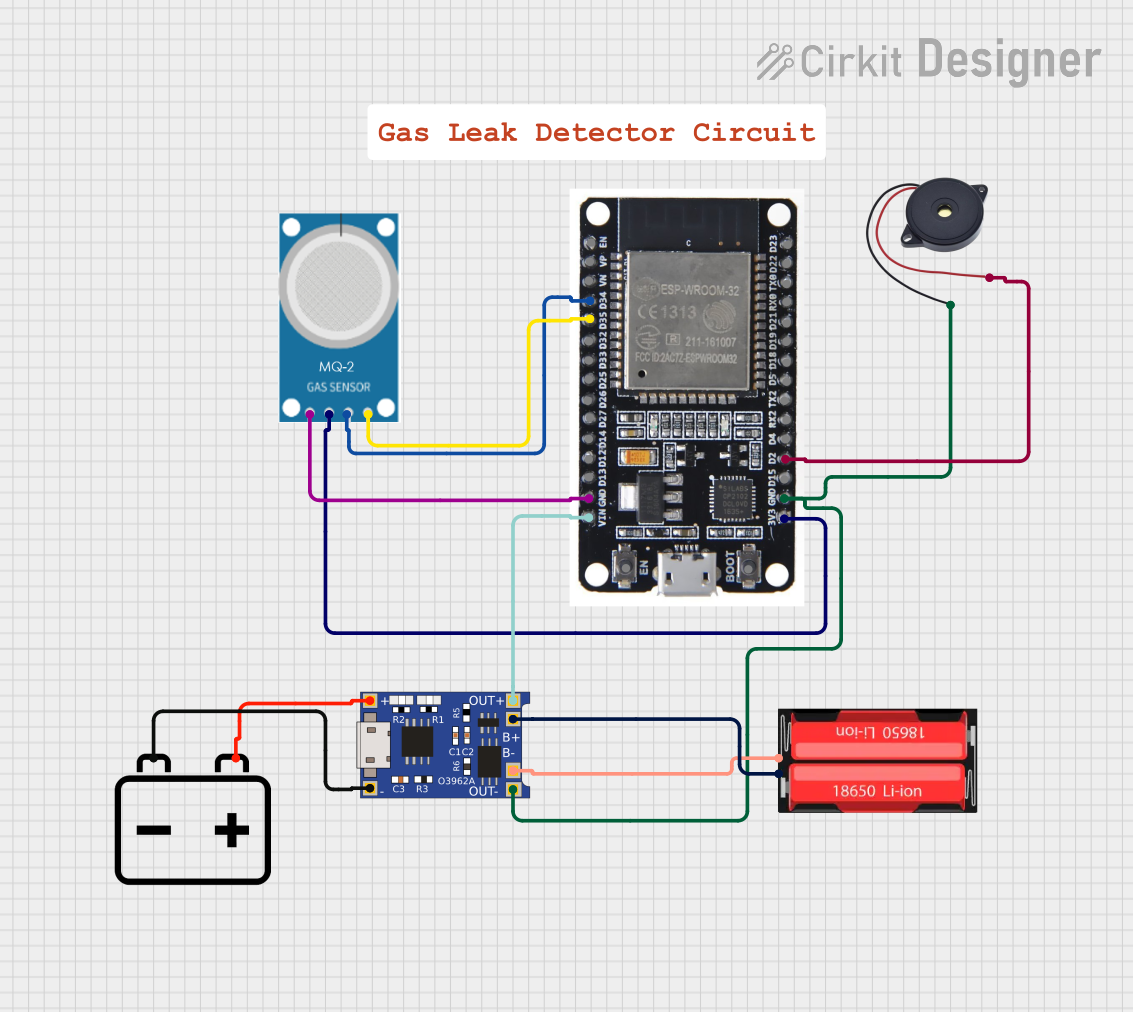
 Open Project in Cirkit Designer
Open Project in Cirkit Designer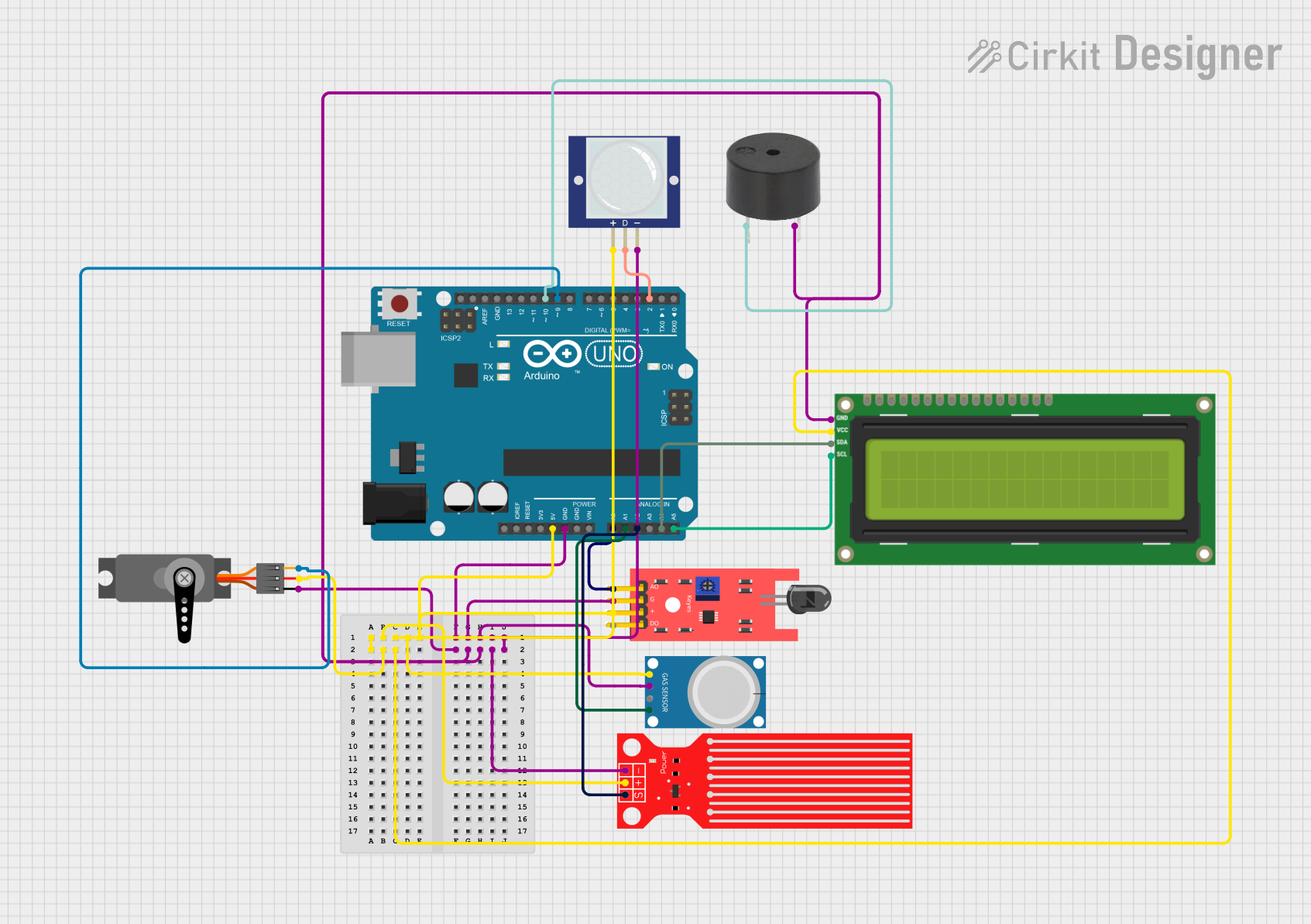
 Open Project in Cirkit Designer
Open Project in Cirkit DesignerExplore Projects Built with SOS Leak Sensor

 Open Project in Cirkit Designer
Open Project in Cirkit Designer
 Open Project in Cirkit Designer
Open Project in Cirkit Designer
 Open Project in Cirkit Designer
Open Project in Cirkit Designer
 Open Project in Cirkit Designer
Open Project in Cirkit DesignerCommon Applications and Use Cases
- Monitoring bilge compartments in marine vessels
- Detecting leaks in water tanks or pipelines
- Flood detection in basements or server rooms
- Integration into home automation systems for water damage prevention
- Industrial applications for leak detection in machinery or storage areas
Technical Specifications
The SOS Leak Sensor is designed for low-power operation and high sensitivity to water presence. Below are the key technical details:
| Parameter | Value |
|---|---|
| Operating Voltage | 3.3V to 5V DC |
| Operating Current | < 10 mA |
| Output Signal | Digital (High/Low) |
| Detection Method | Conductivity-based water sensing |
| Dimensions | 30mm x 20mm x 5mm |
| Operating Temperature | -10°C to 60°C |
| Cable Length | 1 meter |
| Mounting Method | Adhesive backing or screw mount |
Pin Configuration and Descriptions
The SOS Leak Sensor has a simple 3-pin interface for easy integration into circuits:
| Pin | Name | Description |
|---|---|---|
| 1 | VCC | Power supply input (3.3V to 5V DC) |
| 2 | GND | Ground connection |
| 3 | OUT | Digital output signal (High = No water, Low = Water) |
Usage Instructions
How to Use the SOS Leak Sensor in a Circuit
- Power the Sensor: Connect the
VCCpin to a 3.3V or 5V DC power source and theGNDpin to the ground of your circuit. - Read the Output: Connect the
OUTpin to a digital input pin of your microcontroller or monitoring system. The sensor outputs a HIGH signal when no water is detected and a LOW signal when water is present. - Mount the Sensor: Place the sensor in the area where water detection is required. Use the adhesive backing or screws to secure it in place.
Important Considerations and Best Practices
- Ensure the sensor is mounted in a location where it can reliably detect water without being submerged entirely.
- Avoid placing the sensor in areas with high humidity or condensation, as this may cause false positives.
- Use pull-up or pull-down resistors on the
OUTpin if required by your microcontroller. - Regularly inspect the sensor for dirt or debris that may affect its performance.
Example: Connecting to an Arduino UNO
Below is an example of how to connect and use the SOS Leak Sensor with an Arduino UNO:
Circuit Connections
- Connect the
VCCpin of the sensor to the 5V pin on the Arduino. - Connect the
GNDpin of the sensor to the GND pin on the Arduino. - Connect the
OUTpin of the sensor to digital pin 2 on the Arduino.
Arduino Code
// SOS Leak Sensor Example Code
// This code reads the sensor output and prints the status to the Serial Monitor.
const int sensorPin = 2; // Digital pin connected to the sensor's OUT pin
int sensorState = HIGH; // Variable to store the sensor state
void setup() {
pinMode(sensorPin, INPUT); // Set the sensor pin as input
Serial.begin(9600); // Initialize serial communication
}
void loop() {
sensorState = digitalRead(sensorPin); // Read the sensor output
if (sensorState == LOW) {
// If the sensor output is LOW, water is detected
Serial.println("Water detected! Take action immediately.");
} else {
// If the sensor output is HIGH, no water is detected
Serial.println("No water detected.");
}
delay(1000); // Wait for 1 second before reading again
}
Troubleshooting and FAQs
Common Issues and Solutions
Sensor Always Reads HIGH (No Water Detected)
- Cause: Poor connection or insufficient power supply.
- Solution: Check the wiring and ensure the
VCCpin is receiving 3.3V to 5V DC. Verify theGNDconnection.
Sensor Always Reads LOW (Water Detected)
- Cause: Sensor is dirty or exposed to high humidity.
- Solution: Clean the sensor surface with a dry cloth and ensure it is not exposed to condensation.
False Positives or Erratic Readings
- Cause: Electrical noise or improper mounting.
- Solution: Use a decoupling capacitor (e.g., 0.1µF) between
VCCandGND. Ensure the sensor is securely mounted.
FAQs
Q: Can the SOS Leak Sensor be submerged in water?
A: No, the sensor is designed to detect water presence but should not be fully submerged.
Q: Can I use the sensor with a 3.3V microcontroller?
A: Yes, the sensor operates within a voltage range of 3.3V to 5V, making it compatible with 3.3V systems.
Q: How do I extend the cable length?
A: You can use standard wire extensions, but ensure proper insulation to prevent signal degradation or interference.
Q: Is the sensor suitable for detecting other liquids?
A: The sensor is optimized for water detection. It may not work reliably with non-conductive liquids like oil.